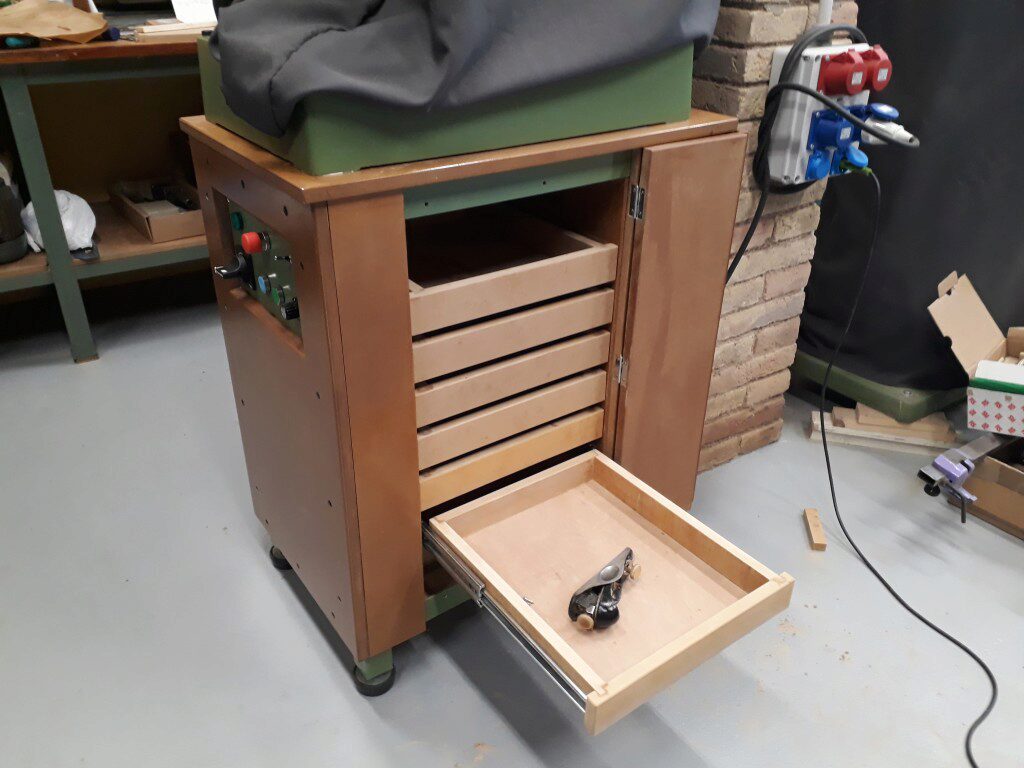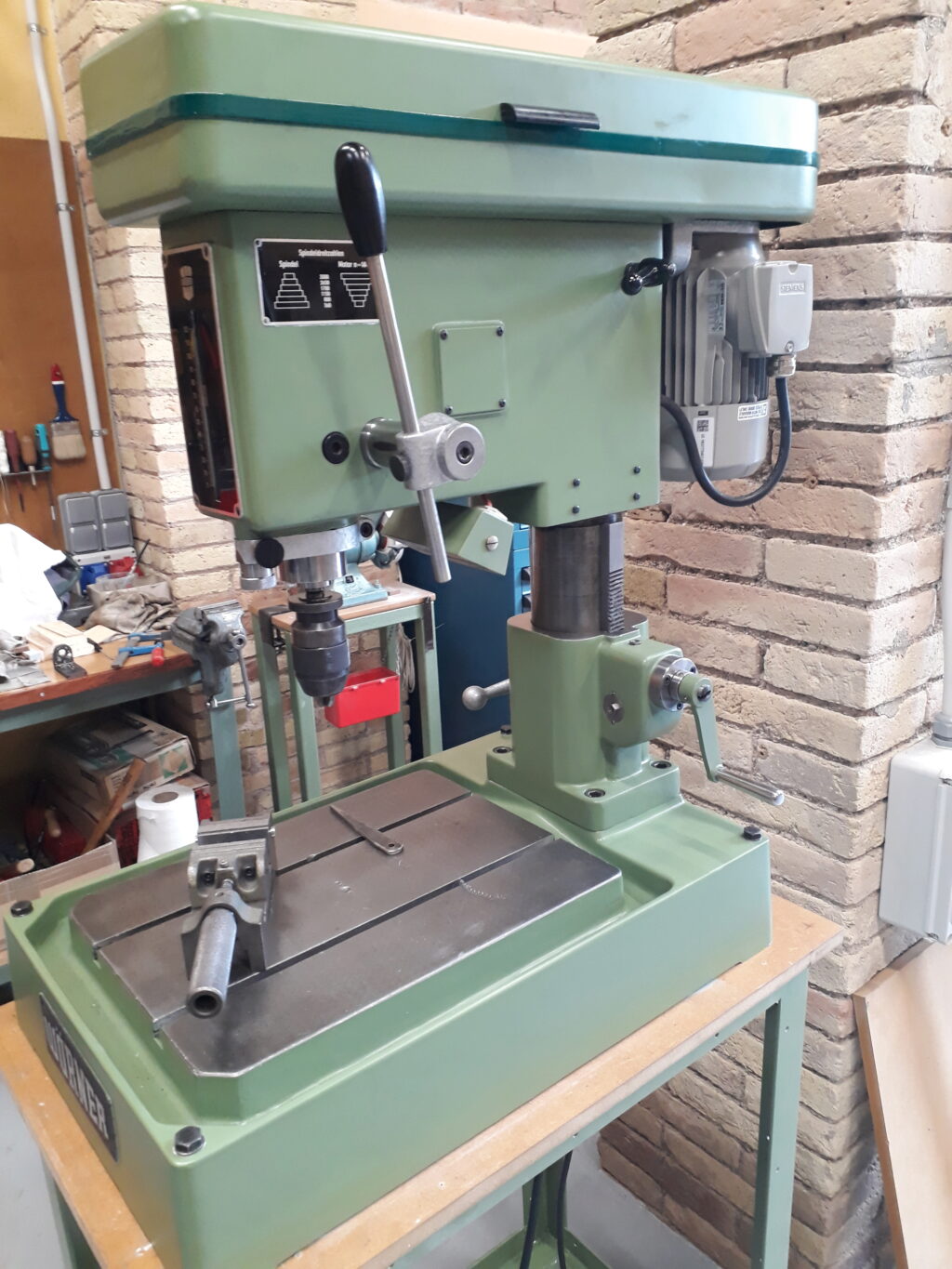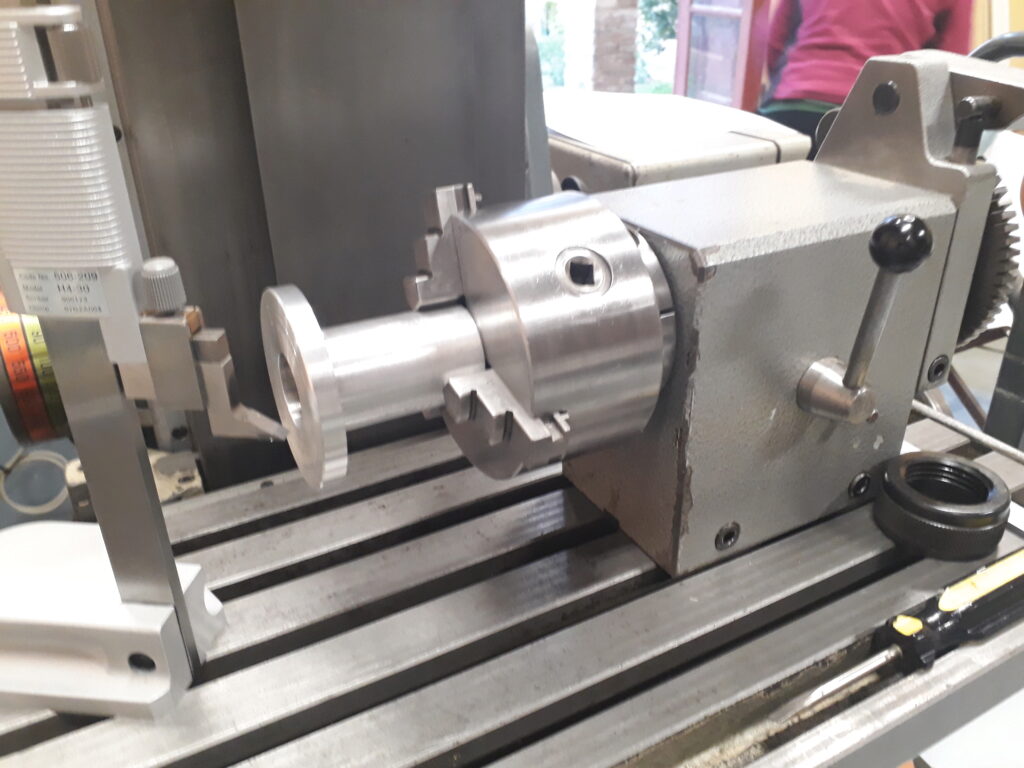This is a compilation of interesting sites and documents around Internet about Boley Leinen LZ4 lathes series.
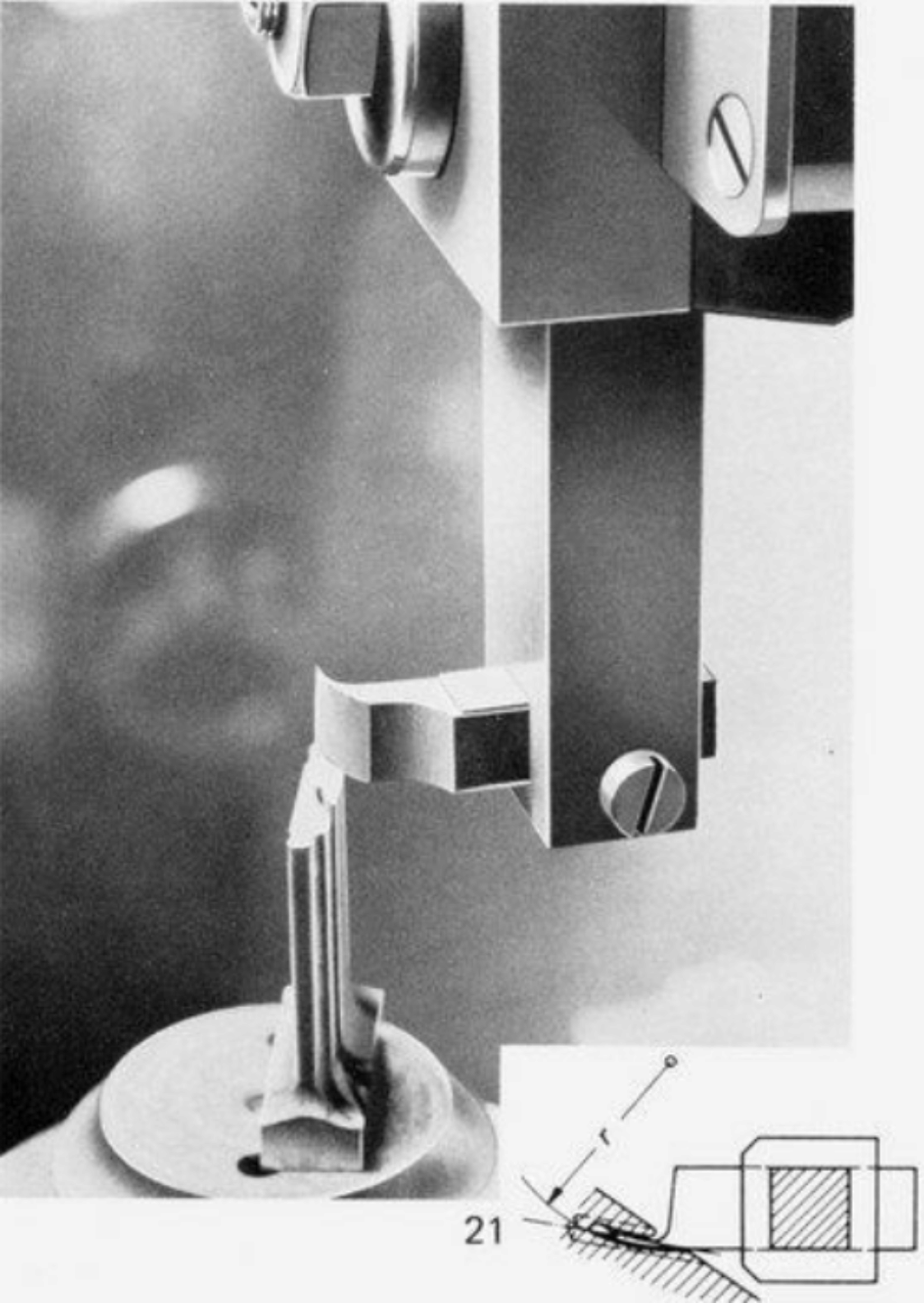
Because of reasons, I needed to cross drill some shafts with some weird diameters. I own an old imperial Reglus drilling jig but I didn’t have the required bushings. I decided to make some of them. This post shows how drilling bushings where made.
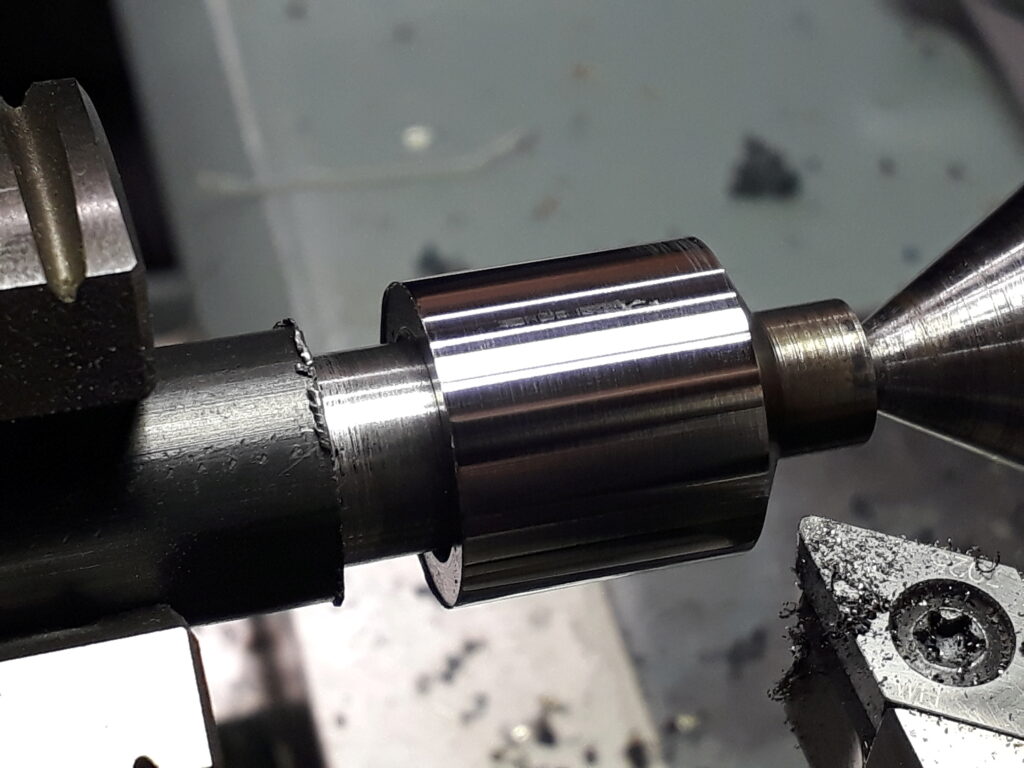
In this post I show the result of carrying a sequence of tests to the rebuild Wörner drilling press to check its accuracy. I took an Aciera 10 drilling machine inspection chart as a reference. Both machines are of similar size and Aciera quality is second to none.
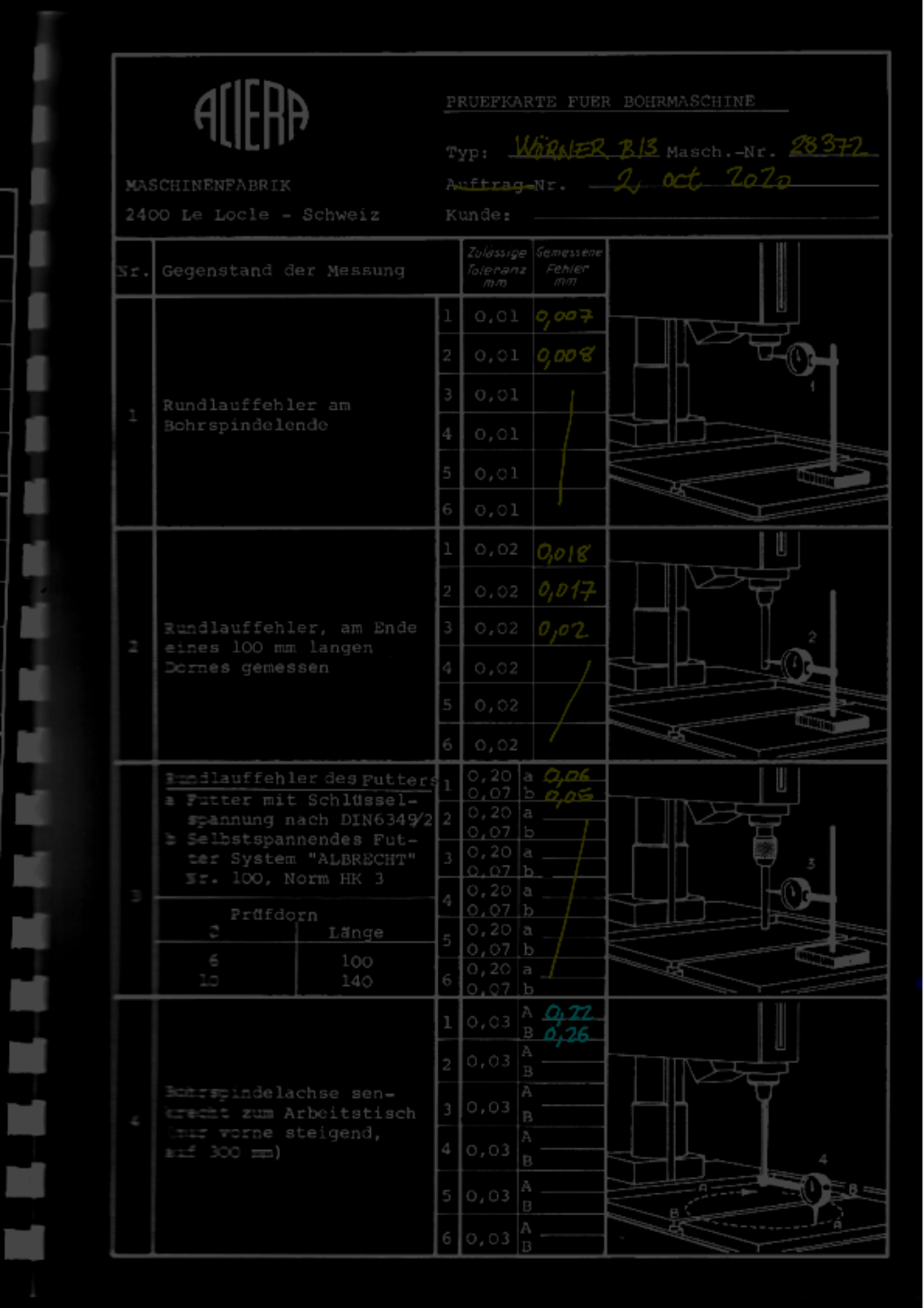
One of this summer works have been to finish the cabinet of the the Wörner B13 drilling press. It was mainly a work of covering the steel frame support with MDF. The final desire is to get it prepared to fit the electrical wiring and a set of drawers to organize the tooling of the machine.
